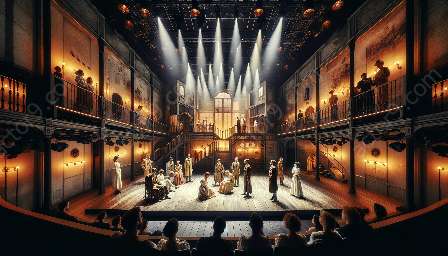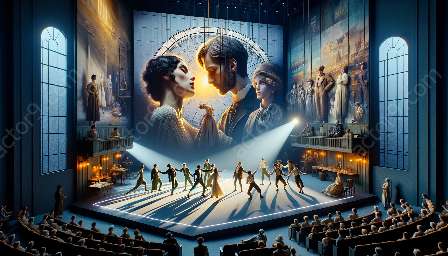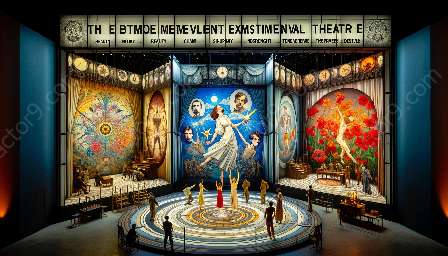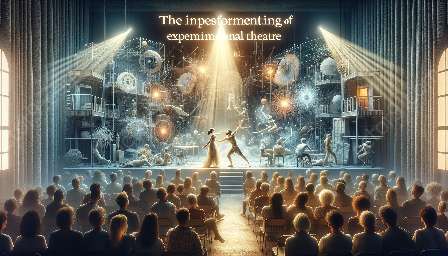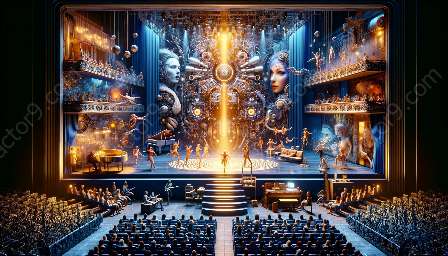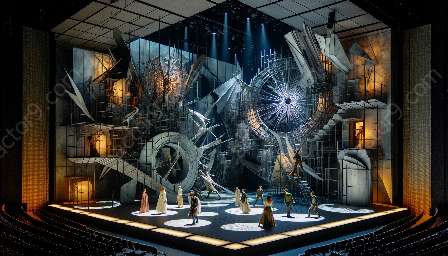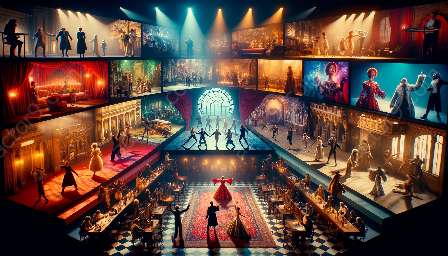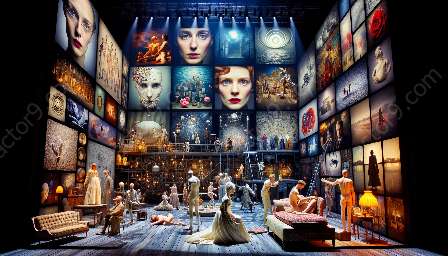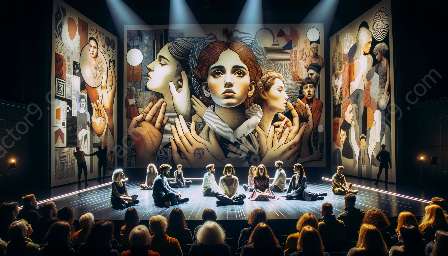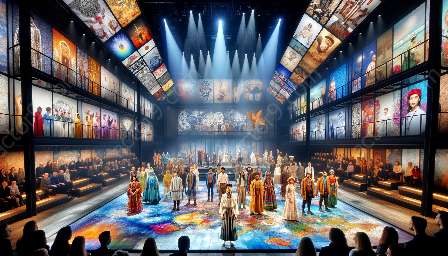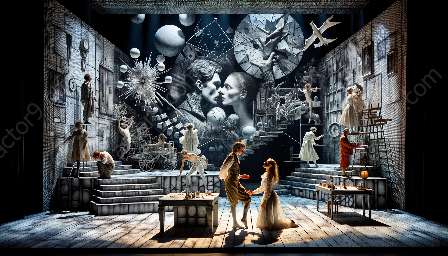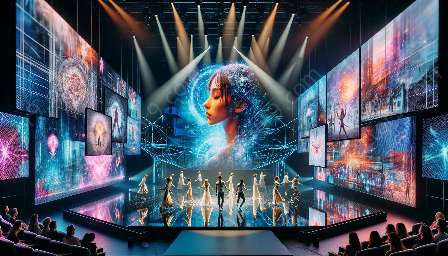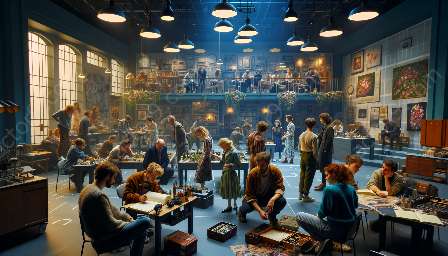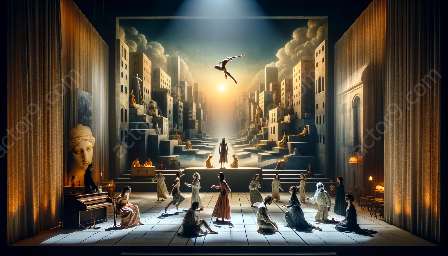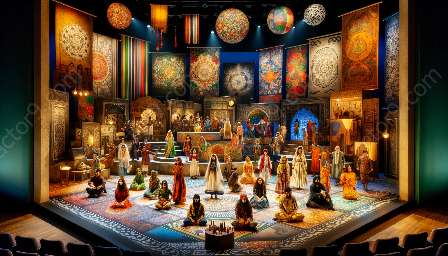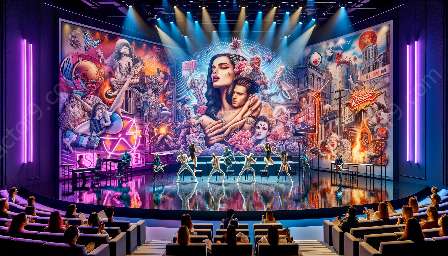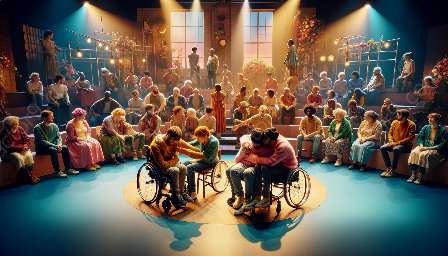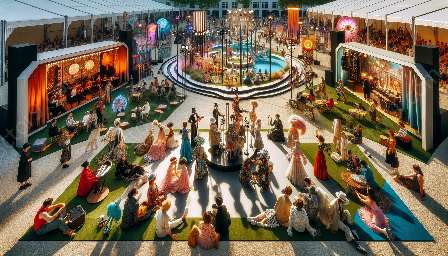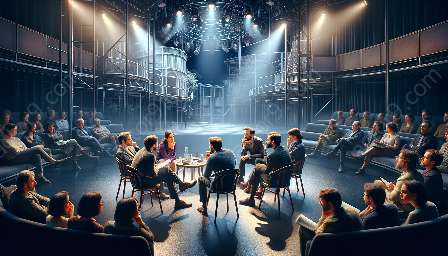Cultural diversity plays a significant role in shaping the design and production aspects of experimental theatre. It impacts various elements such as stage design, storytelling, performance styles, and audience engagement. In this topic cluster, we'll delve into the influences of cultural diversity on experimental theatre, exploring how it shapes the creative process and enriches the overall theatrical experience.
Understanding Experimental Theatre
Before delving into the influences of cultural diversity, it's essential to understand what experimental theatre entails. Experimental theatre challenges traditional norms and conventions, often incorporating unconventional approaches to storytelling, performance, and stage design. It embraces innovation, non-linear narratives, and the exploration of new forms of expression.
Cultural Diversity and Storytelling
Cultural diversity infuses experimental theatre with a rich tapestry of stories, traditions, and perspectives. Playwrights, directors, and performers draw from diverse cultural backgrounds, bringing forth narratives that transcend geographical boundaries and societal norms. This infusion of diverse stories enriches the theatrical landscape, offering audiences a broader understanding of the human experience.
Impact on Stage Design
The influence of cultural diversity on stage design in experimental theatre is profound. It sparks creativity in set construction, lighting, and audio-visual elements. Designers often draw inspiration from a myriad of cultural aesthetics, blending traditional and contemporary elements to create visually stunning and thought-provoking stage environments. Cultural diversity prompts designers to experiment with unconventional materials, spatial arrangements, and sensory experiences, resulting in immersive and captivating stage designs.
Production Processes and Collaboration
Cultural diversity fosters a collaborative spirit within the production processes of experimental theatre. It encourages cross-cultural exchanges, interdisciplinary collaborations, and the integration of diverse artistic practices. Production teams benefit from the wealth of knowledge and creativity stemming from varied cultural backgrounds, leading to innovative approaches to rehearsal techniques, costume design, and technical advancements.
Audience Engagement and Experience
Cultural diversity enhances audience engagement in experimental theatre, offering diverse perspectives that resonate with individuals from different cultural backgrounds. The immersive nature of culturally influenced stage design and storytelling creates a captivating experience for audiences, fostering inclusivity and broadening their understanding of global narratives. Audience members are often invited to engage in post-show discussions, further expanding their cultural awareness and understanding of the production.
Conclusion
The influences of cultural diversity on experimental theatre design and production are profound, shaping the creative landscape and enriching the theatrical experience. Embracing cultural diversity within experimental theatre not only amplifies the visual and narrative aspects but also fosters a deeper sense of inclusivity, collaboration, and understanding within the theatrical community and among audiences.

